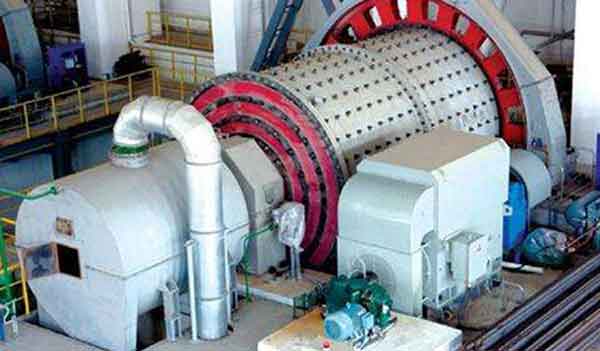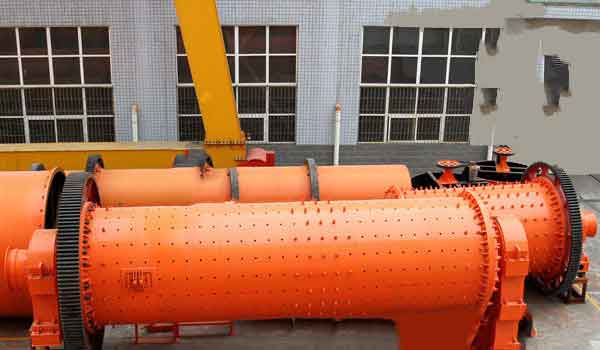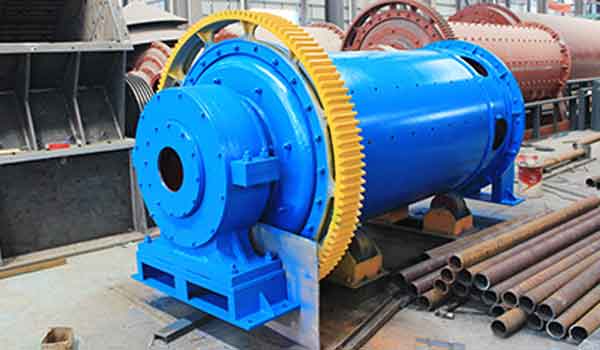The rod mill is named after the grinding body loaded in the cylinder is a steel rod. The rod mill is generally a wet overflow type, which can be used as a first-level open-circuit grinding. Rod mills are widely used in metal and non-metal mines, water conservancy, and building materials sectors to grind various ores or rocks.

Rod mill use
Rod mill has a wide range of uses, and its performance has reached a good level. It is the most effective, practical, and reliable stone crushing machine. It is one of the sand and gravel equipment widely used for construction sand in the sand and gravel industry. It is suitable for the processing and crushing of feldspar, quartz, ore, and other raw materials, as well as for making abrasives, refractory materials, cement, steel sand, slag powder, copper ore, iron ore, gold ore, concrete aggregate, asphalt aggregate, etc. It is a kind of high-efficiency and energy-saving gravel sand-making equipment, which is more energy-saving than traditional sand-making machines and is currently the world’s most advanced sand-making equipment.
Rod mill classification
There are two types of rod mills, dry type, and wet type. Users can choose according to their actual situation. Among them, the wet type is commonly used. Wet rod mills can be divided into three types: overflow type rod mills, open type rod mills, and peripheral type rod mills according to the discharge method, among which the overflow type rod mills are the main ones.

Rod mill structure
The rod mill is driven by the motor through the reducer and the surrounding large gears, or by the low-speed synchronous motor directly through the surrounding large gears to drive the cylinder to rotate. Appropriate grinding media – steel rods are contained in the cylinder. Under the action of centrifugal force and frictional force, the grinding medium is lifted to a certain height and falls down in a state of throwing or leaking. The ground material continuously enters the cylinder through the feeding port, is crushed by the moving grinding medium, and discharges the product out of the machine through the force of overflow and continuous feeding for the next stage of operation.
Working principle of rod mill
The cylinder of the rod mill rotates at a certain speed, and the grinding body rises to a certain height under the action of friction and centrifugal force and is thrown away so that the material is subjected to impact grinding to achieve the purpose of grinding.

Rod mill use
1. Gravity or magnetic separation plants of tungsten tin ore and other rare metal ores, as well as quartz sand plants, to prevent the harm caused by “over-grinding”, rod mills are often used.
2. When two-stage continuous grinding is used, if the first stage is from 20-6mm to 3-1mm, and the rod mill is used as the first stage grinding equipment, the production capacity is larger and the efficiency is also higher.
3. In some cases, the rod mill can replace the short-head cone crusher for fine crushing.
Rod mill performance advantages
1 Reasonable structural design and excellent performance. The overall structure design of the equipment is relatively scientific and reasonable, with a high degree of automation and excellent performance.
2 The crushing ratio is large and the output is high, which is larger than the crushing ratio of general equipment. Higher production efficiency and uniform discharge.
3. Significant energy saving and environmental protection, low cost. Due to the relatively advanced technology, the equipment has low energy consumption, good energy-saving, and environmental protection effects, and low operating costs
If you need a rod mill, please contact us!
Send us a message
We will provide you with the most professional services.

